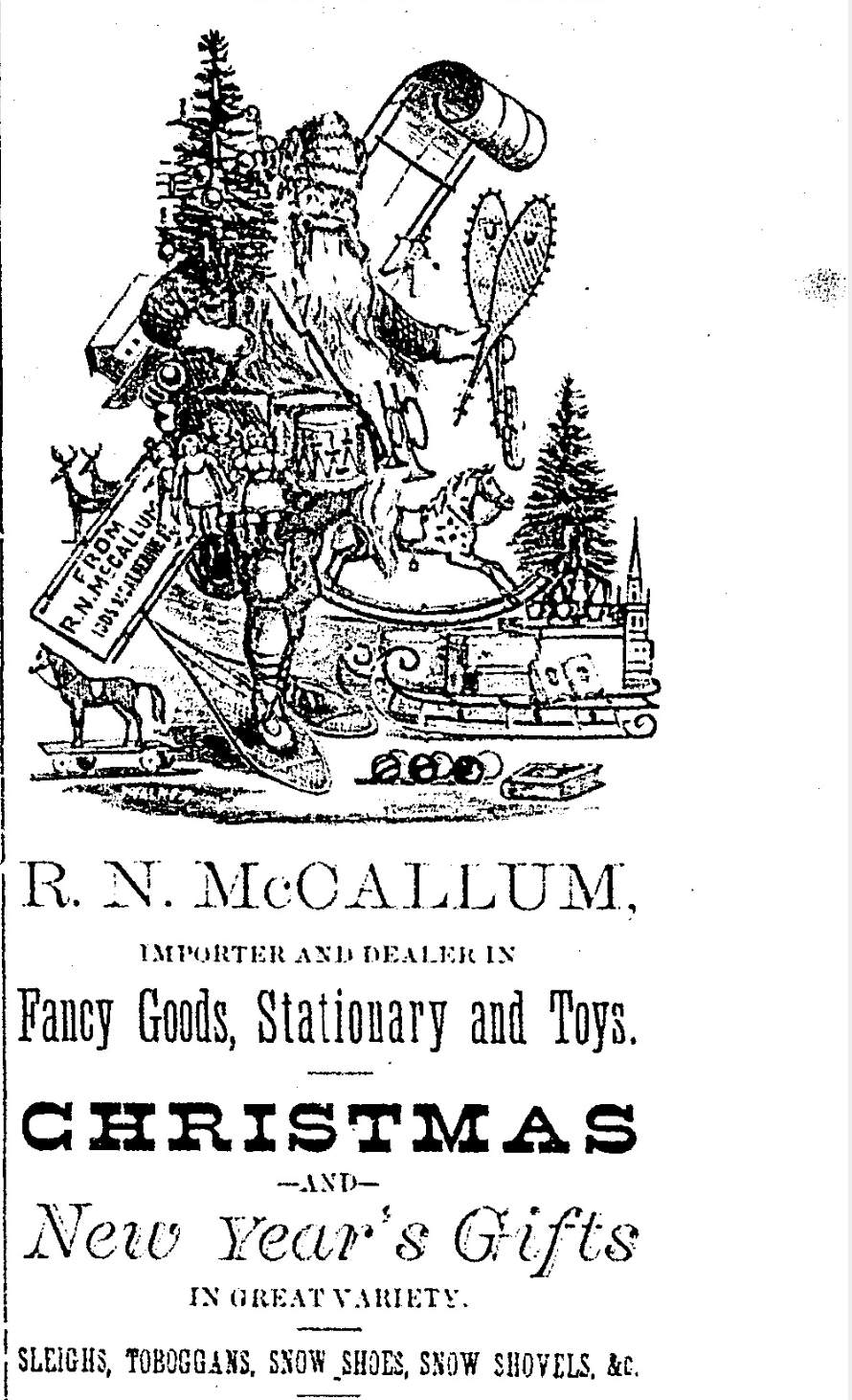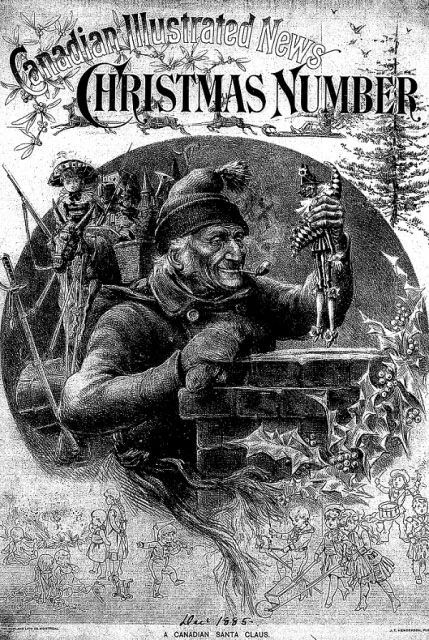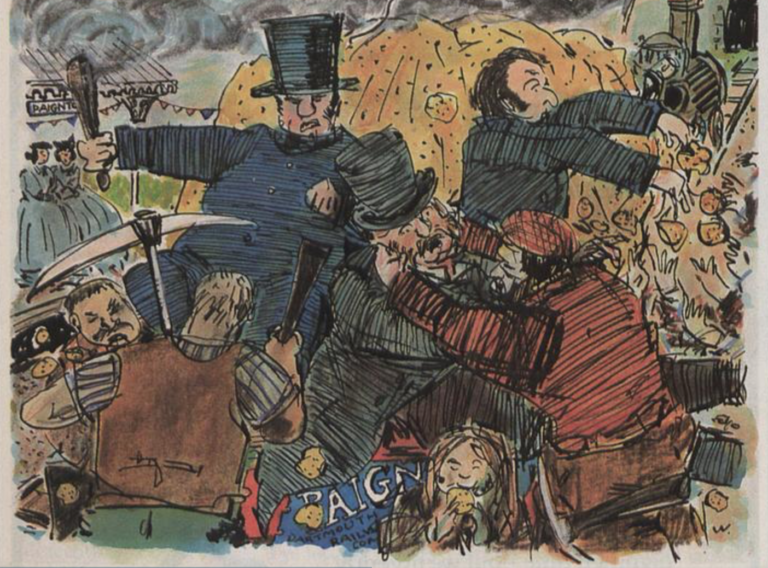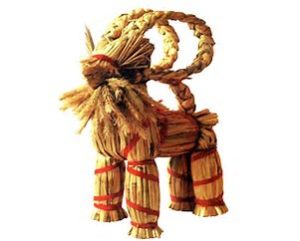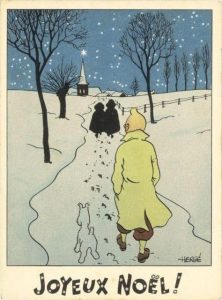There are a number of different types of thrashings connected with the Christmas season in many countries over the centuries. The first is a threat of chastisement and is connected with the switches and rods carried by gift-bringers and their helpers. St Nicholas was equally adept at thrashing bad children as he was in rewarding good behaviour. German families kept a Klausholz – a Nicholas stick – on which to keep track of the number of Our Fathers said by the child, both to impress the saint when he arrived and to remind the child of the conditional nature of the anticipated gifts. In England a 1483 book of saints’ legends printed by William Caxton noted that while Nicholas was humble and joyous, he was also “cruel in correctyng”.

In the sixteenth-century Germany the Christmas bundle of presents included: “things that belong to teaching, obedience, chastisement and discipline, as A.B.C tablets, Bibles and handsome books, writing materials, paper, etc. and the Christ-rod”. The first book in the United States to include a picture of Santa Claus, the 1821 Children’s Friend, has the gift-giver state that he was happy to reward good girls and boys but
Where I found the children naughty,
In manners rude, in temper haughty,
Thankless to parents, liars, swearers,
Boxers, or cheats, or base tale-bearers,
I left a long, black birchen rod,
Such as the dread command of God
Directs a parent’s hand to use
When virtue’s path his sons refuse.
December 28, the Feast of the Holy Innocents, commemorates the murder of the male babies of Bethlehem by King Herod. In England the day was known as Childermas (or Dyzemas) and was considered an ill-omened time; few would want, for example, to be married on that date. Not only was no business conducted on that day, but the day of the week on which it fell was deemed unlucky for the rest of the year. In Ireland it was the “cross day of the year” when no new enterprise was begun. Many sailors would not sail on that day; on the Aran isles no one was buried on Childermas (or the day of the week on which it occurred); and in Cornwall to wash on that day was to doom one of your relatives to death. On Childermas it was once customary in England to beat children. The explanation given in the seventeenth century was that that the memory of Herod’s crime “might stick the closer; and, in a moderate proportion, to act over the crueltie again in kind” but anthropologists have noted that ritual beatings are more likely descended from pagan rituals of good luck than punishment. An old German custom called “peppering” saw children beating their parents and servants beating their masters with sticks while asking in verse form for a treat. An equally venerable tradition in Normandy allowed children to give a thrashing to those who stayed too long in bed on December 28. In Wales on St Stephen’s Day, the practice was called “holming” or “holly-beating” — the last person to get out of bed was hit with holly sprigs and made to act as servant to the rest of the family. Sometimes the purpose of the holming was to draw blood. In parts of Scotland on New Year’s Eve boys beat each other with holly branches in the belief that for every drop of blood shed a year of life was saved for the victim. In Sweden it was once customary for the first-riser on Christmas Eve to give other family members small bundles of twigs which they would use to beat each other in the spirit of imparting vitality. In France children who let themselves be caught in bed on the morning of Holy Innocents’ came in for a whipping from their parents; while in one province, Normandy, the early risers among the young people themselves gave the sluggards a beating. The practice even gave birth to a verb—innocenter.

